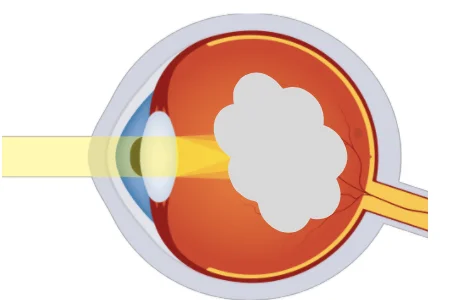Common Vision Problems
We think that everyone should be able to see the world clearly. That is why we’ve dedicated our lives to helping people with eye disease.
Book Free Consultation
Book Appointment or Video Consultation online with top eye doctors
Overview Common Vision Problems
People have always been aware of their eyesight, and one of the most crucial senses for people has made them pay special attention to their eyes. The eye’s main duty is to form a clear image by focusing light on the retina and the cornea, which focuses it. Lens are an essential component of the eye that adjust the light while expanding and contracting. Retina is a thin layer of light-sensitive tissue that lines the eye, and it receives images from the cornea and sends them to the brain through the optic nerve. The optic nerve is a bundle of more than one million nerve fibers that transmits visual information from the retina to the brain. The retina converts the light it receives into electrical impulses that travel along the optic nerve to the brain. The brain is then responsible for translating these electrical impulses into the images that we see.
Understanding the Prescription.
Myopia, hyperopia, astigmatism, cataract, and presbyopia are some of the most frequent vision issues. These difficulties are very typical and are measured using a dioptre that measures the light bending qualities of an optical system. To cure your eyesight concerns, you can use glasses or lenses. The symbol for glasses to indicate the dioptre is “D”, while the symbol for contact lenses is “C”. A (-) figure is used to designate glasses that correct for nearsightedness, and a (+) sign is used to indicate glasses that help with longsightedness.
A typical prescription includes three basic category one numbers, indicating the degree of nearsightedness or long-sightedness, the other number identifies the degree of astigmatism, and the third number refers to the axis and direction of astigmatism. The greater your vision problems are, the more dioptres you will require in your prescription. People with vision problems often require different corrective measures for each eye. The right and left eye will have separate values written next to them.
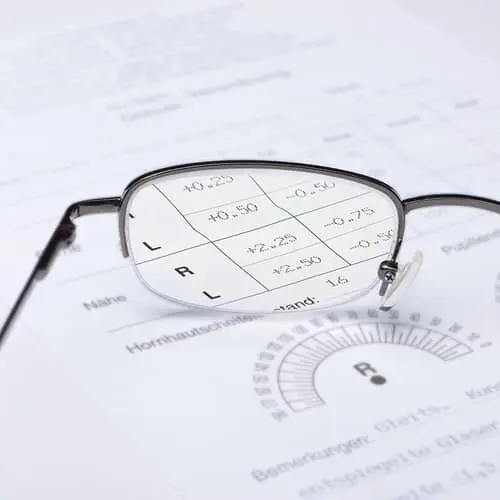
Common Vision Problems
You may understand the vision problem you’re experiencing and check your dioptre values after any of the following difficulties, then visit a doctor for a consultation.
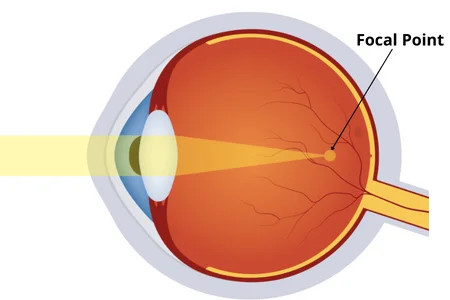
Myopia
Myopia, or nearsightedness, is an eye disease in which the eye can focus on nearby objects well but not distant ones. This may cause headaches and eye discomfort as a result of being unable to see faraway things as well as Myopia surgery. The objective of myopia surgery is usually to flatten the cornea so that light can focus on the retina better. Myopia can be helped by using a concave lens which diverges light before it hits the eye’s lens.
Hyperopia
Hyperopia, or farsightedness, is a problem where things at a distance are easy to see but nearby items are difficult. Hyperopia’s symptoms can be severe headaches and blurred vision if it isn’t treated quickly. To improve the focusing power, the aim of laser eye surgery is to elongate the eye and make the cornea more curved. The power of the lens that’s used to fix vision is given in diopters, with a plus sign.
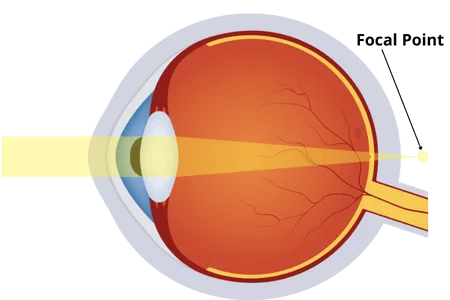
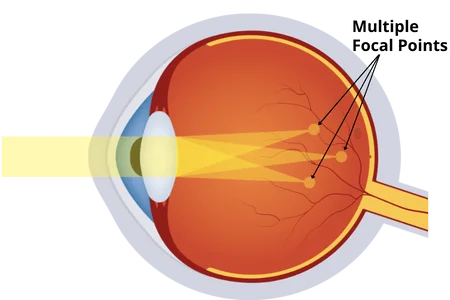
Astigmatism
The eyes are not completely round when someone has astigmatism. The corneal curvature is not entirely symmetrical, and the cornea is irregular. Light scattering due to irregularities causes visual abnormalities. The asymmetry in the eye’s curvature is corrected by reshaping the uneven portions of the cornea with lasers. Cylindrical lenses may also be used. Lasik surgery can provide a long-term cure by correcting the vision and preventing the need for glasses or contact lenses.
Cataract
It occurs when the lens becomes opaque and vision is lost completely. A cataract is a clouding of the natural lens, which focuses light and generates clear, sharp pictures. It’s most often seen in older folks. Cataracts can only be treated by surgery. For cataract surgery, phaco technology is used which requires a very small incision. A high-frequency waves are generated through this tip to break the cataract into small pieces, which are then removed through the same tip. A thin ‘capsule’ or shell is left behind. After removal of the cataract, the surgeon inserts an intraocular lens (IOL) in the patient’s eye. After days of cataract surgery, the patient can see better. Cataract surgery is usually successful and has a low complication rate.
